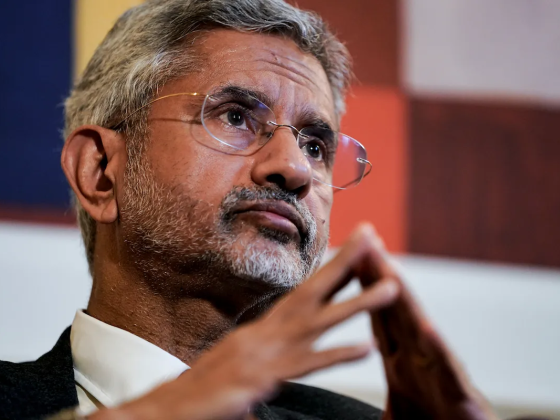We may not have easy and clear answers as to when, why, and how Indian students began going abroad to study — particularly in the realm of higher education, but this process has been on for generations. It is essential to draw attention to the fact that ancient India has had at least two reputed ‘universities’, Nalanda and Taxila (the erstwhile Takshashila now located in Pakistan), which indeed attracted students from outside the subcontinent.
Overseas education is a centuries-old phenomenon in India. Quality of education, variety of courses, and comparatively low fees are some of the influencing factors
While during the ancient times the concept, as well as the content of education, was quite at variance and different from what evolved and spread widely during the modern period, the urge to seek knowledge has been ubiquitous and pervasive right from the time institutionalised form of imparting education emerged. However, we do have to recognise and acknowledge that ‘education’ in some form or the other has always been the sine qua non throughout the existence of Homo sapiens, howsoever family- or community-driven, and informal it may have been, and irrespective of the level of economic and socio-cultural development of a given society in any part of the world.
Unavailability of some courses, and the lack of appropriate ambience for higher education, in general, were indeed reasons for going abroad, at least during the very early period of the nineteenth and early twentieth centuries.











